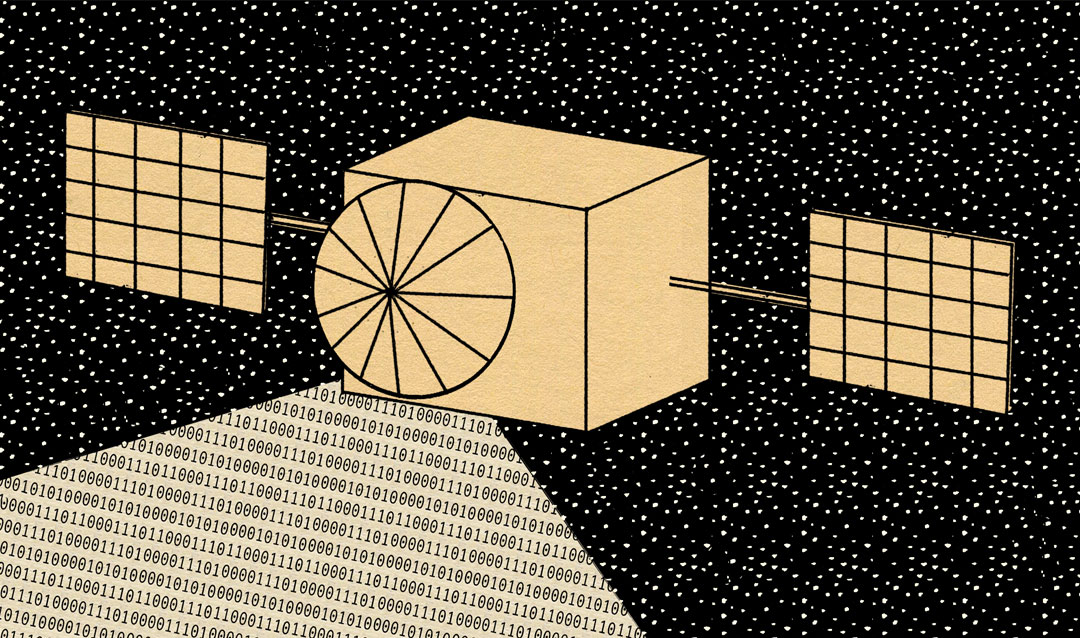Beds. Dressers. Clothing.
All items that raised the suspicions of a state health inspector that “business as usual” at the Orchids of Asia Day Spa in Jupiter, Fla., was anything but.
The observation that employees might be living in the spa—a red flag for human trafficking—helped launch a large-scale criminal investigation into the massage parlor and others like it across the state.
Although prosecutors ultimately did not file human trafficking charges, the media attention surrounding this high-profile case cast the issue of modern-day slavery into the spotlight. At the same time, it called attention to the challenges of using a low-tech, see-something-say-something approach to identify these types of abuses.
It’s a reality apparent to Professor Dan Lopresti, who chaired the department of computer science and engineering at the P.C. Rossin College of Engineering and Applied Science, who says the time is ripe to move beyond our reliance on good—but fortuitous—observations to uncover crimes of human trafficking.
With the United Nations calling upon states, through Target 8.7 of its Sustainable Development Goals, to end forced labor, modern slavery and human trafficking by 2030 (and the worst forms of child labor by 2025), it’s time, he says, to leverage technology to support trained law enforcement in tackling this complex issue.
Lopresti, who directs Lehigh’s interdisciplinary Data X Initiative, is at the forefront of a growing movement within the computer science community to help achieve that ambitious goal through the power of artificial intelligence and advanced computing.
What is Human Trafficking?
The U.S. Department of Homeland Security defines human trafficking as modern-day slavery that “involves the use of force, fraud, or coercion to obtain some type of labor or commercial sex act.” Victims are vulnerable people lured by traffickers’ promises of opportunity—jobs, education, visas—who are manipulated by, and often dependent upon, their captors, preventing them from reporting the abuse.
“There are tremendous barriers placed in front of victims, who also have tremendous vulnerabilities,” says Jennifer Gentile Long ’93, chief executive officer of AEquitas, a resource for prosecutors working on cases of human trafficking and gender-based violence. “That makes their participation in these investigations very difficult and in some cases impossible—sometimes because of direct threats and sometimes just because the trauma is so great or they lack trust or familiarity with our justice system. We also often see victims identified as defendants and that shuts everything down.”
Since 2015, Long and Lopresti have collaborated on computer-science-based efforts to help AEquitas manage and make use of the large amount of text data in legal documents to support the organization’s work in helping prosecutors build stronger cases.
“Human trafficking is a very hard crime to prove because you have to pull together a lot of pieces of information,” Lopresti says. “It’s often misidentified as a single, isolated crime, like prostitution or a drug offense. And unless you put together the pieces, you don’t realize there is a much bigger picture.”






